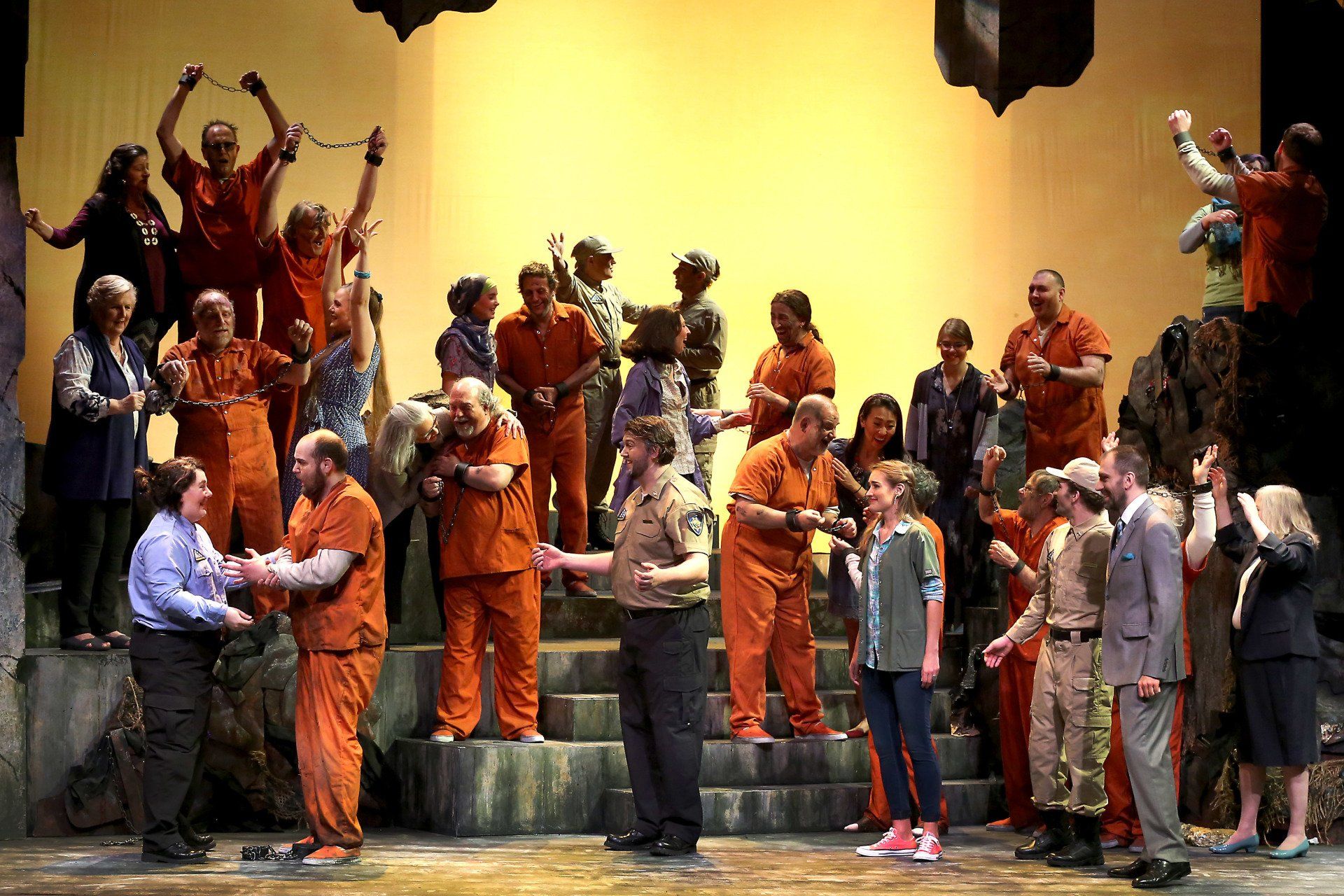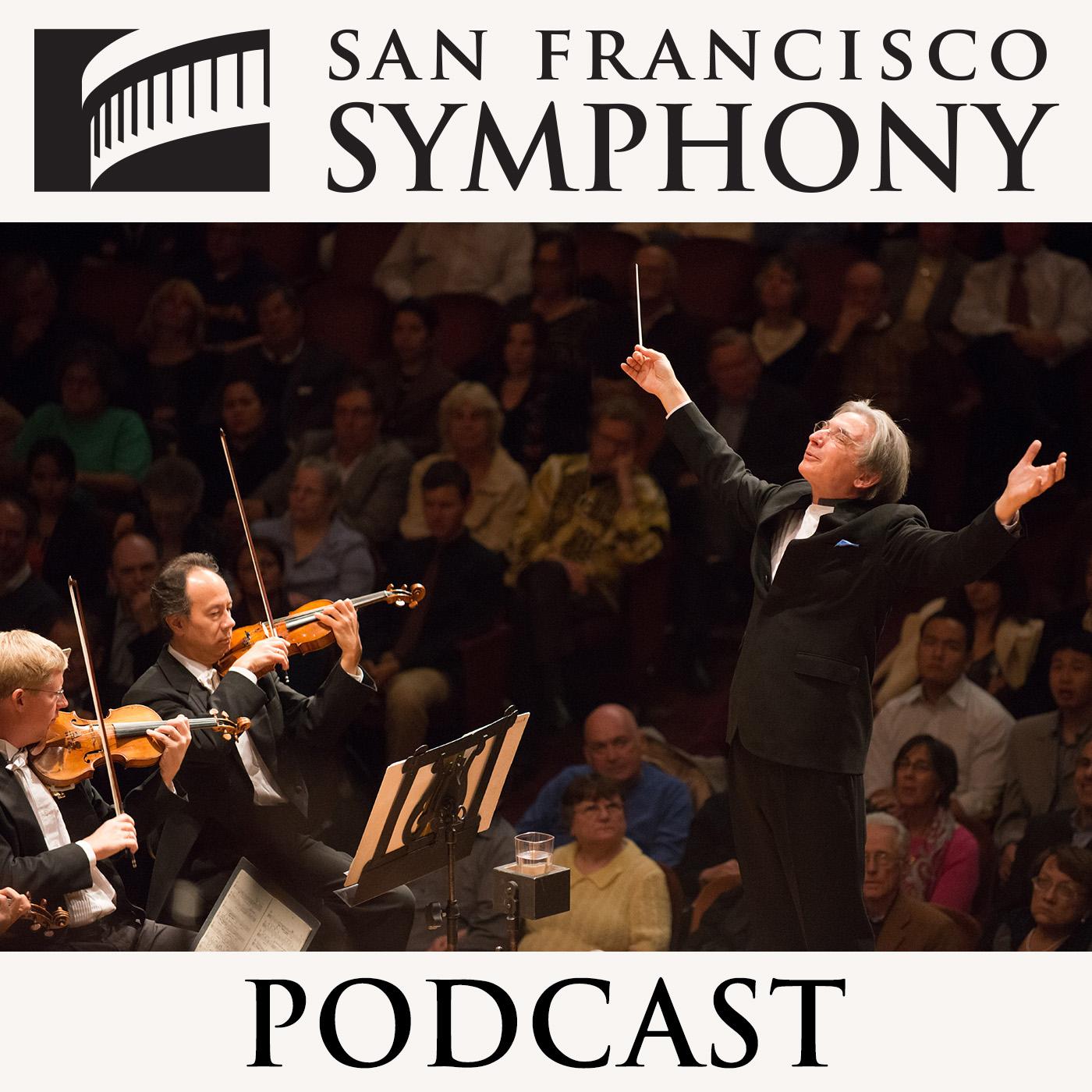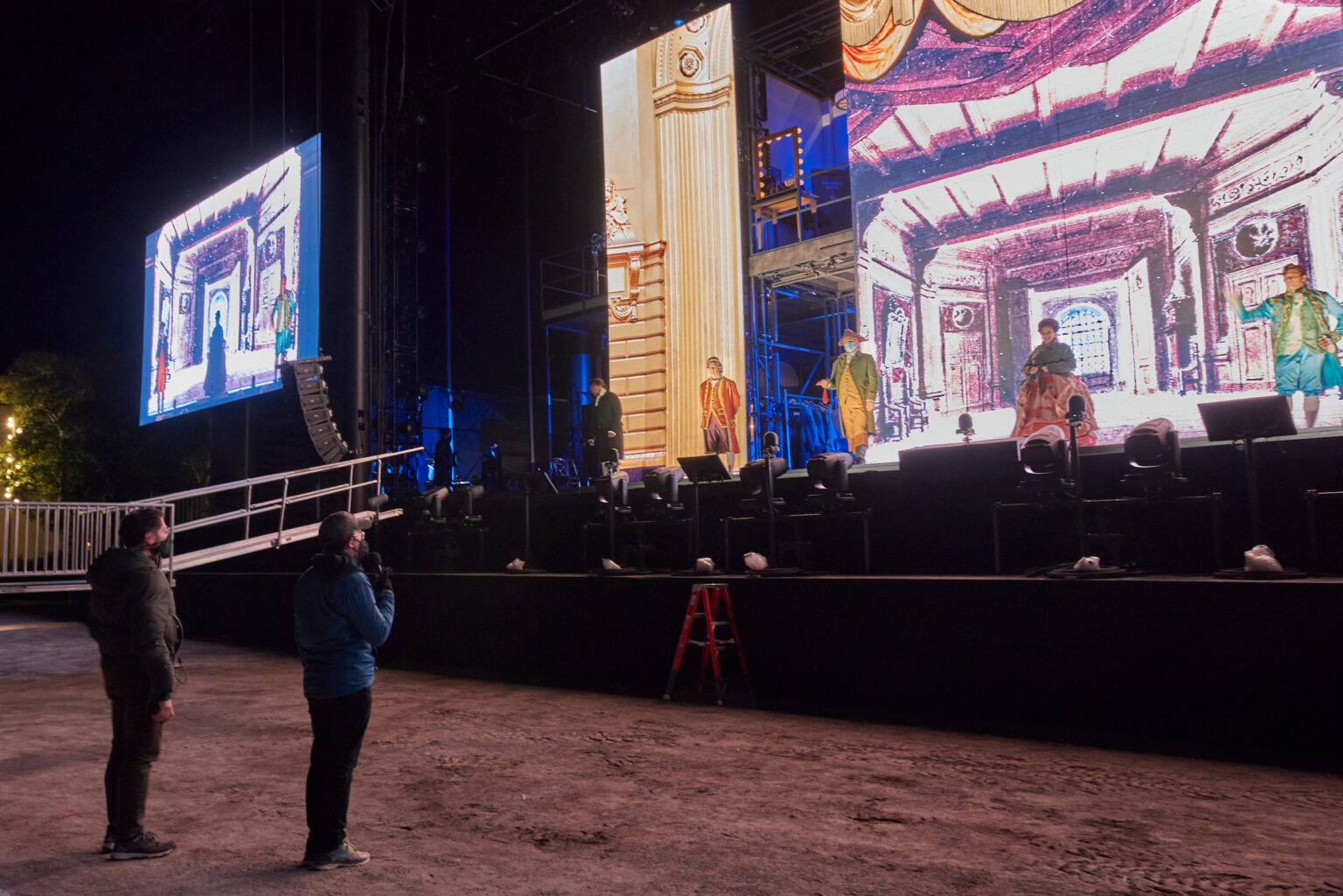

Please help improve this article by adding citations to reliable sources. This section needs additional citations for verification. The finale celebrates Leonore's bravery with alternating contributions of soloists and chorus.

Notable moments in the opera include the "Prisoners' Chorus" ( O welche Lust-"O what a joy"), an ode to freedom sung by a chorus of political prisoners, Florestan's vision of Leonore come as an angel to rescue him, and the scene in which the rescue finally takes place.

With its underlying struggle for liberty and justice mirroring contemporary political movements in Europe, such topics are typical of Beethoven's "middle period". Bouilly's scenario fits Beethoven's aesthetic and political outlook: a story of personal sacrifice, heroism, and eventual triumph. The libretto, with some spoken dialogue, tells how Leonore, disguised as a prison guard named "Fidelio", rescues her husband Florestan from death in a political prison. By convention, both of the first two versions are referred to as Leonore. After further work on the libretto by Georg Friedrich Treitschke, a final version was performed at the Kärntnertortheater on. The following year, Stephan von Breuning helped shorten the work from three acts to two. The German libretto was originally prepared by Joseph Sonnleithner from the French of Jean-Nicolas Bouilly, with the work premiering at Vienna's Theater an der Wien on 20 November 1805. 72, is Ludwig van Beethoven's only opera. Final version at Kärntnertortheater, Viennaįidelio ( / f ɪ ˈ d eɪ l j oʊ/ German: ), originally titled Leonore, oder Der Triumph der ehelichen Liebe ( Leonore, or The Triumph of Marital Love), Op. First two premieres at Theater an der Wien, Vienna.


 0 kommentar(er)
0 kommentar(er)
